Valley of the Kings

This confirms the keenness of the Ministry of Tourism and Antiquities to use modern technology and activate the basics of sustainable tourism.
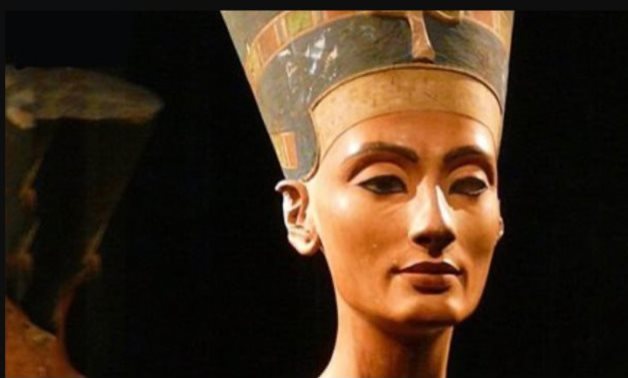
Nicholas Reeves once claimed that Queen Nefertiti is buried in a secret room behind the tomb of King Tutankhamun.

Hawass attended a seminar at the 19th Magna Graecia Film Festival.
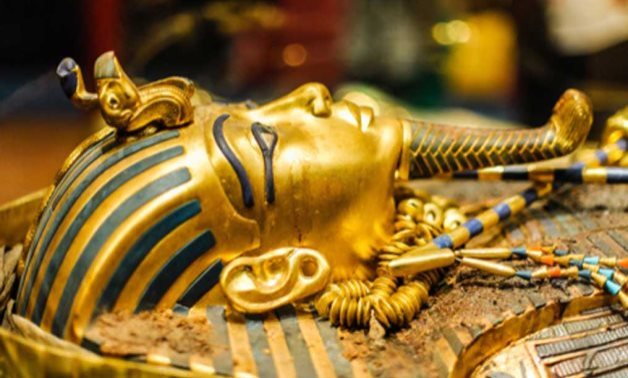
Howard Carter's discovery of the ancient Egyptian tomb of Pharaonic King Tutankhamun sparked global fascination in 1922.
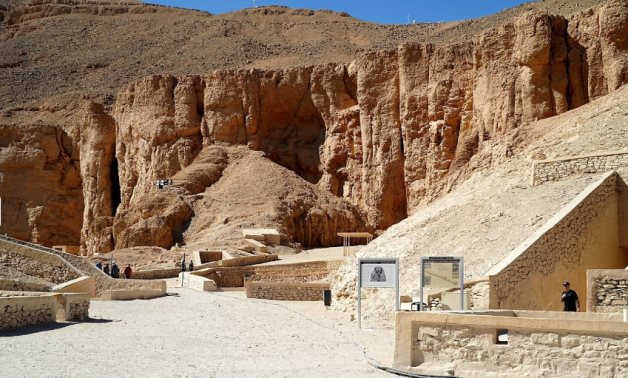
The Valley of the Kings was a mass tomb in ancient Egypt, where some of the country's greatest rulers, including Tutankhamun, Seti I and Ramses II, were buried.
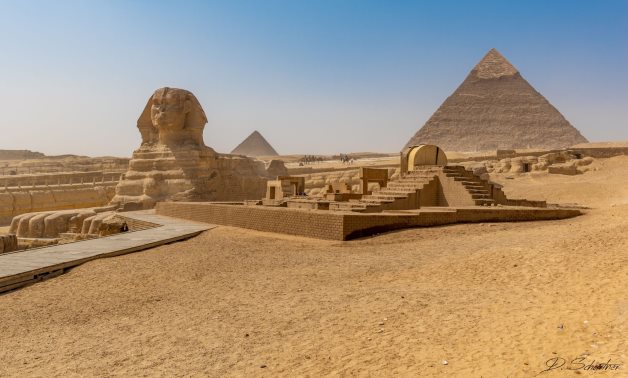
The Giza Pyramids Antiquities Area came first.
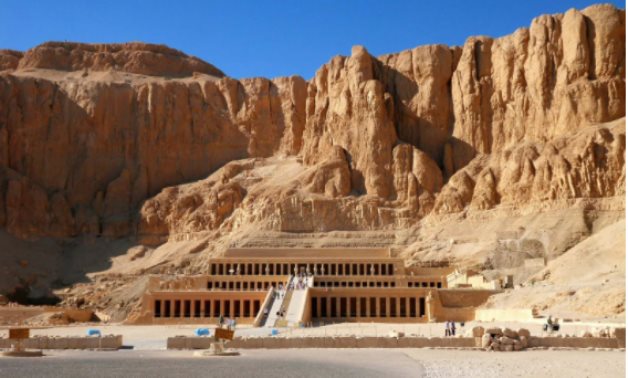
The ancient city of Thebes was one of the most important and richest cities in ancient Egypt.
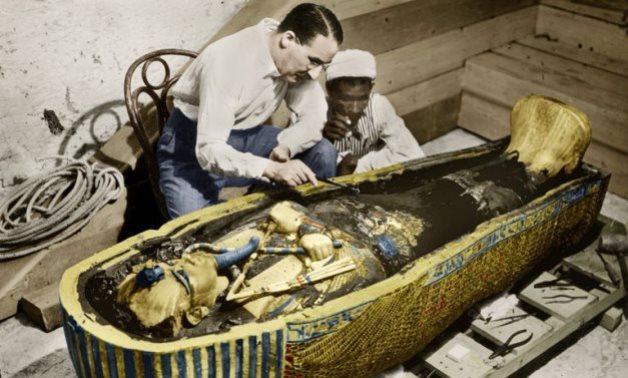
On February 16, 1923, Howard Carter was the first person in more than 3000 years to set foot in the room that contained the ark of Tutankhamun.

The site explained that Egypt possesses countless archaeological and tourist sites that distinguish it from any other place in the world.
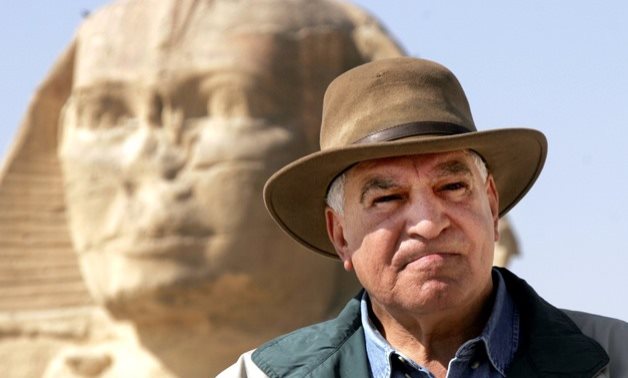
The Egyptian-Russian Foundation for Culture and Science has released the first book of the pioneering archaeologist Zahi Hawass in Russian.
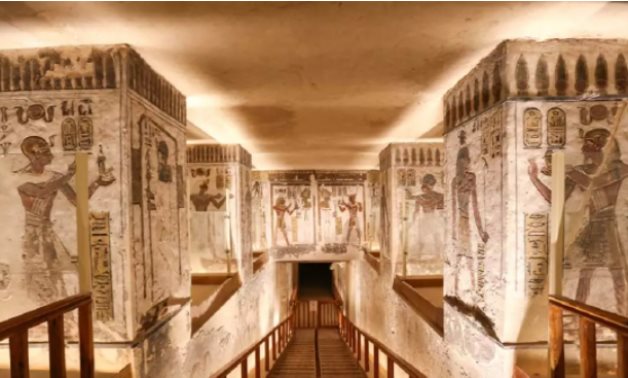
The Valley of the Kings is divided into the eastern and western valleys.
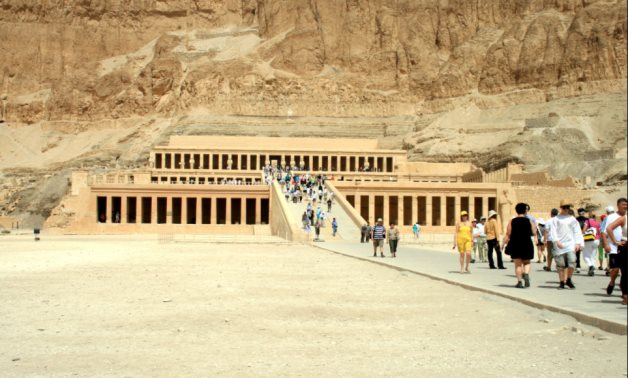
The site of Deir el-Bahari is famous for hosting the funerary temple of Queen Hatshepsut (1473-1458 BC) on the western mainland of Luxor.
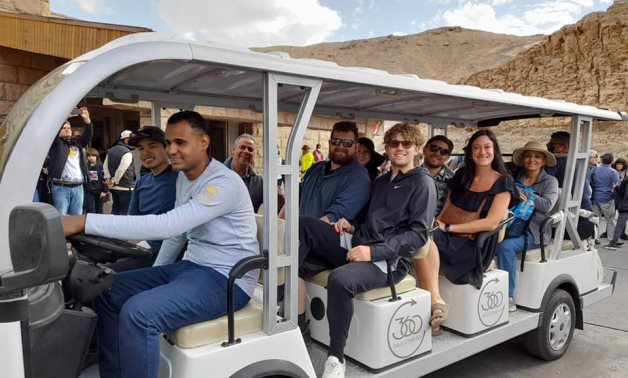
This comes within the Ministry of Tourism and Antiquities’ keenness to use modern technology and activate the basics of sustainable tourism to preserve the environment in archaeological sites.
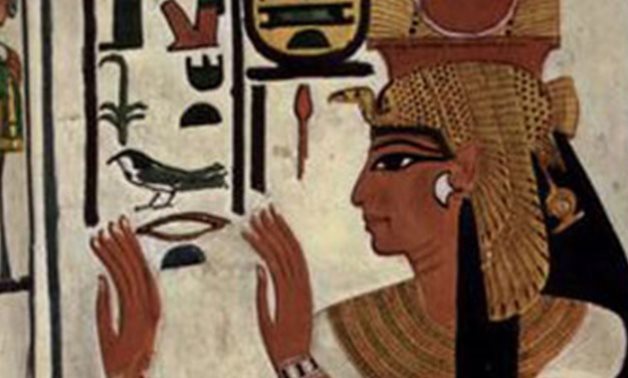
On this day, July 28, 2001, Egypt retrieved the head statue of Nefertari, the wife of Pharaoh Ramses II, and six stolen papyrus scrolls after they were smuggled to Britain during the nineties from a warehouse in Saqqara, south of Cairo.
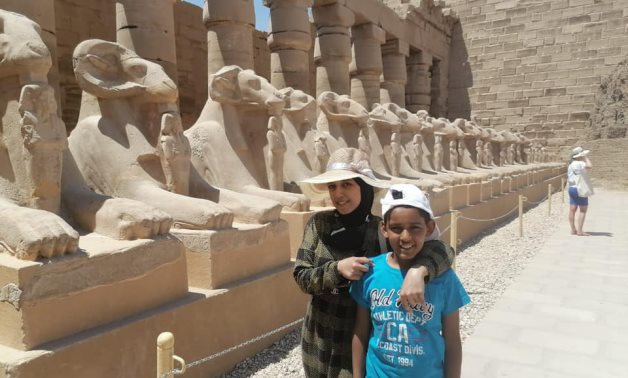
This trip comes within the framework of the Ministry of Tourism and Antiquities' keenness to encourage young Egyptian talents, raise their archaeological awareness, and introduce them to Egypt's tourism potential.
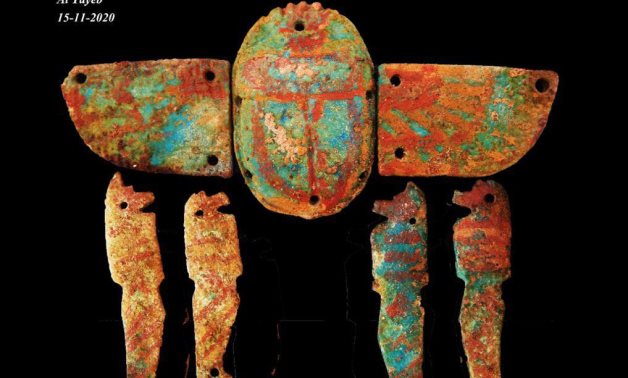
The city is dubbed the “Rising of Aten” and was discovered by the renowned archaeologist Zahi Hawass, head of the Egyptian mission in the west of Luxor Governorate.
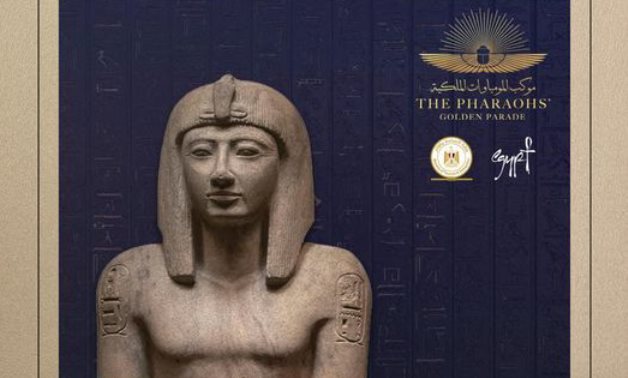
The mummy of King Seti II, the fifth pharaoh of the 19th Dynasty, was discovered in 1898 in the Tomb of Amenhotep II (KV 35) in Valley of the Kings, Luxor.
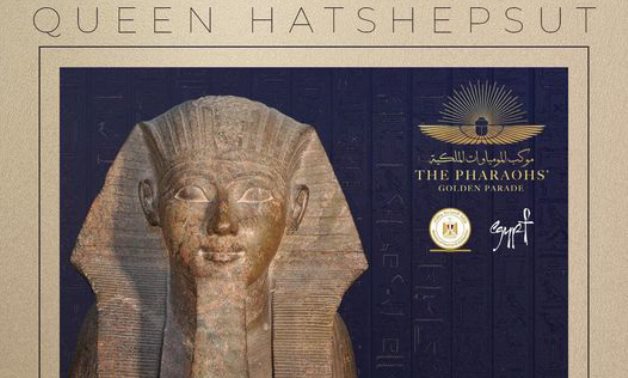
Hatshepsut’s achievements as a powerful queen and then a ruling pharaoh have made her one of the most famous figures in ancient Egypt history.
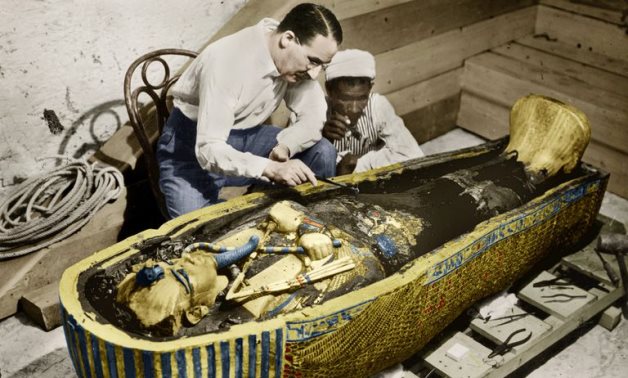
On February 16, 1923, Howard Carter was the first person in more than 3000 years to set foot in the room that contained the ark of Tutankhamun.
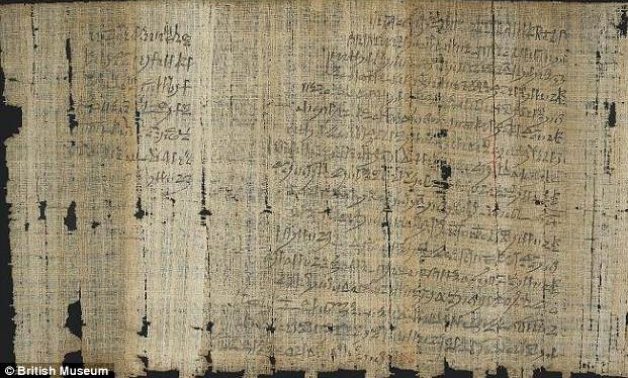
According to the archaeological researcher Magdy Shaker, an Egyptian papyrus dating back to the year 1200 BC revealed an incident of harassment in the city of Thebes, the capital of ancient Egypt, which is currently located in the city of Luxor in Upper Egypt.